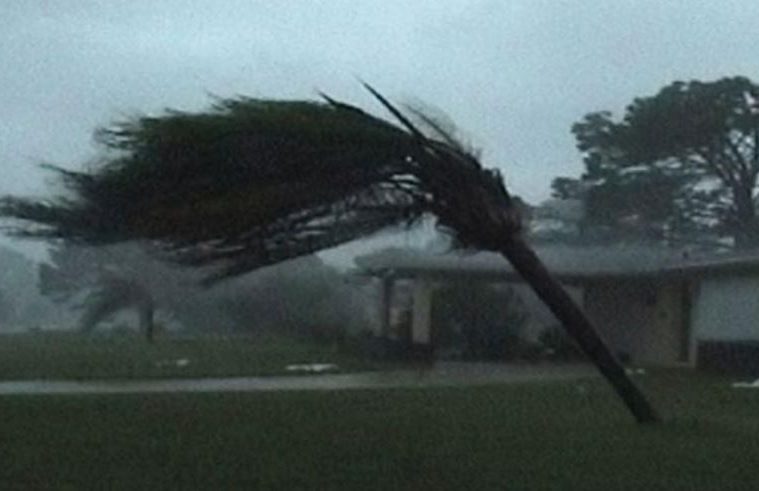AUSTIN – With four months remaining in the 2017 hurricane season, the Texas Department of Public Safety (DPS) is reminding residents to evaluate their emergency plans and tune in to weather forecasts for potential hurricanes and tropical storms. Historically, August and September are the more active months during hurricane season. Hurricane season began June 1 and continues through Nov. 30.
“As we approach the peak months of hurricane season, residents should remain vigilant and keep a watchful eye on weather reports and forecasts for their area,” said DPS Director Steven McCraw. “The time to prepare for a hurricane or tropical storm is now, and we are reminding Texans to develop a hurricane plan and assemble an emergency kit before a storm takes aim on our state.”
All Atlantic and Gulf of Mexico coastal areas are subject to hurricanes or tropical storms. It is possible for a storm to severely impact our state, even prior to or without making direct landfall in Texas. Additionally, the rainbands associated with a tropical system have an extremely wide reach, so monitoring changing weather conditions during hurricane season is critically important for all Texans.
Hurricanes can cause catastrophic damage to coastlines, and winds can vary from 74 to 157 miles per hour (or higher). In addition, hurricanes and tropical storms can also spawn tornadoes, create dangerous coastal water conditions, including storm surges along the coast, and cause extensive damage from flooding.
Here are several measures residents can take now to prepare for potential storms:
- Assemble an emergency kit that includes essential documents, supplies and provisions.
- Review hurricane evacuation maps, and select a route for you and your family.
- Plan how all family members and pets will evacuate safely.
- Consider any special needs for individuals with disabilities or the elderly.
- Stay informed about changing weather conditions in and around your area.
- Follow the instructions of local officials if a storm develops.
Residents are also encouraged to review their property’s flood risk and current insurance coverage, and to consider whether a separate flood policy should be part of their home protection plan. (Remember most flood policies have a 30-day waiting period before taking effect.) For more information, visit http://www.tdi.texas.gov/takefive/flood-insurance.html.
If you or someone you know might need assistance during a disaster, register for the State of Texas Emergency Assistance Registry (STEAR) – a free registry that provides local emergency planners and responders with additional information about the needs in their communities. To register, contact 2-1-1 Texas, the state’s free 24-hour helpline. No matter where you live in Texas, you can dial 2-1-1 or (877) 541-7905 for community resources.
For more information about hurricanes and how to make sure you are prepared during the 2017 hurricane season, visit www.dps.texas.gov/dem/ThreatAwareness/hurricaneAwareness.htm and www.texasprepares.org.

